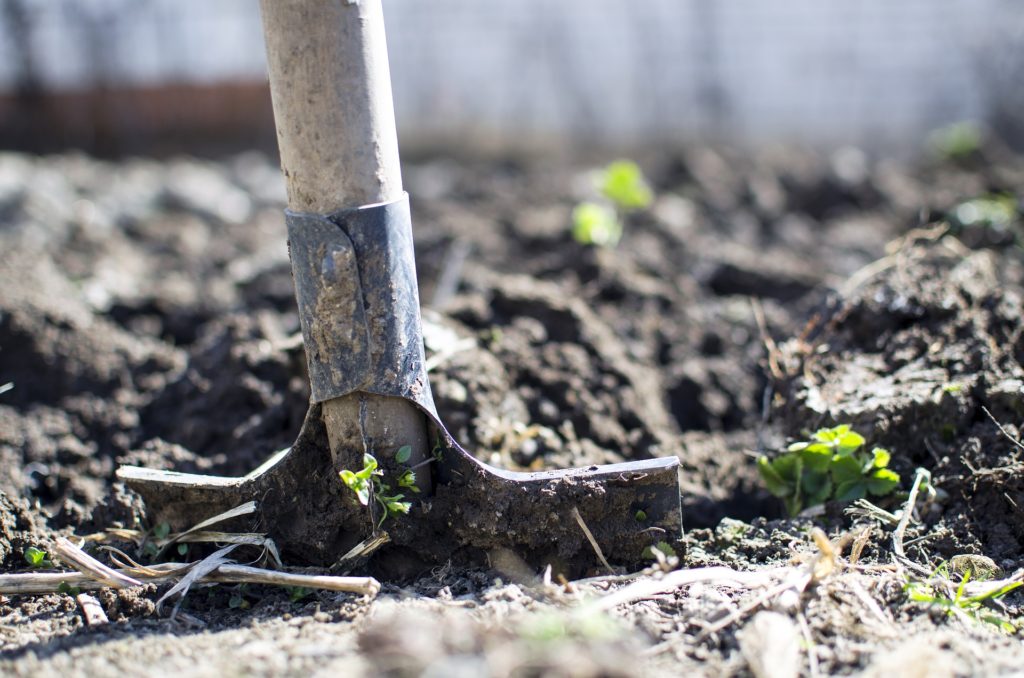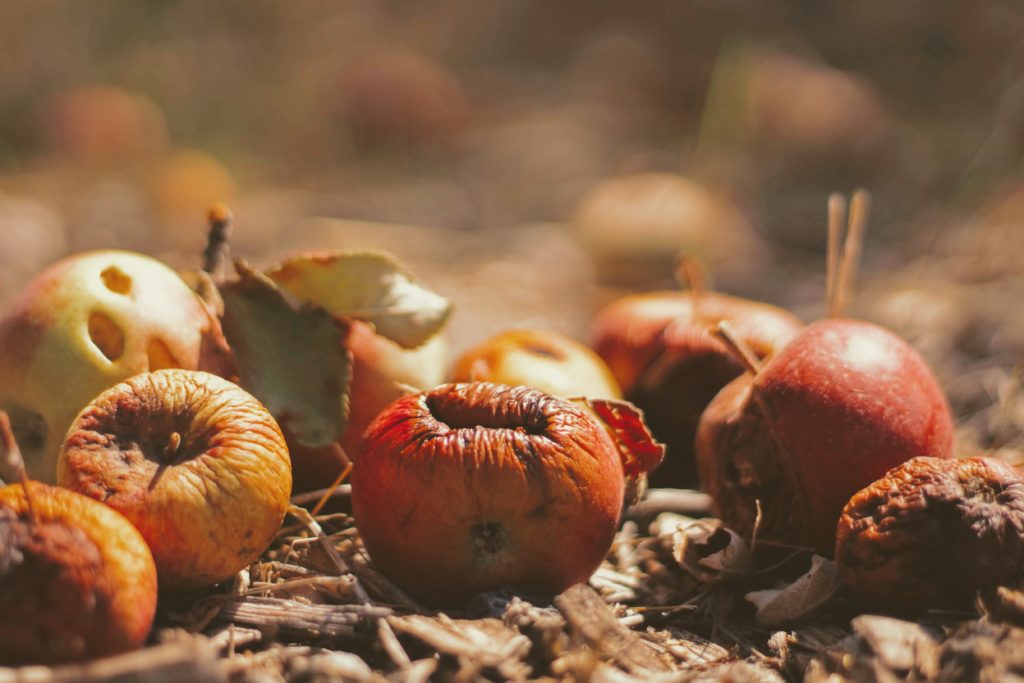When we throw away organic materials, they end up in landfills and contribute to greenhouse gas emissions. Organic waste includes food scraps, plant-based materials, leaves and grass, cardboard and newspapers. If you find yourself throwing away grass clippings or tossing raked leaves in the trash, it’s time to try something new.
Most garden and yard waste can be reused in the form of compost, or you can simply return the nutrients straight to the soil. Here are a few tips for handling waste in your garden.
Handling Waste in Your Garden
1. Buy Quality Garden Tools
Cutting back on waste starts with preventative measures. The less waste you produce, the less you must handle later. An easy way to avoid throwing away unnecessary amounts of trash is to invest in quality garden tools. Even if the price tag is slightly higher, it will be worth it when the garden tools last years longer than the cheaper options.

2. Reuse Plant Containers
If you find yourself with an overwhelming number of plastic pots after a big landscaping project, find ways to reuse them. You can easily reuse plastic containers to seed more veggies later in the season, store tools or make seasonal yard decor.
3. Collect Rainwater
Your garden requires daily watering, but it can become a waste of natural resources. Use collected water from a rain barrel to give your garden life without drawing from needed community resources. An average barrel holds 55 gallons when full, so you won’t have to empty it multiple times each day during rainy seasons.
4. Redirect Downspouts
People tend to reduce water waste indoors, but water waste in the garden can also be a huge problem. One way to mitigate this is to redirect downspouts. Too often, downspouts are incorrectly installed or too short, resulting in soil erosion. By redirecting downspouts, you can conserve water and cut back on the amount of watering you have to do manually.
5. Promote Naturalized Areas
In most neighborhoods, having a well-kept lawn is the ideal. In fact, some scientists and environmentalists argue that our obsession with grass lawns harms the local environment because it limits wildlife habitats. However, naturalized yards can be both freshly mowed and eco-friendly. Get your yard started by growing local plant varieties and then leave the area alone so wildlife can thrive.

6. Try Grasscycling
Many homeowners feel it’s necessary to remove grass clippings after mowing. The practice is incredibly wasteful and perpetuates the need for more fertilizer and watering. If you do this, try grasscycling instead. Essentially, you leave grass clippings where they fall. They’ll return nutrients to the soil and help the clipped grass retain moisture without extra sprinkler time.
7. Plan Your Landscaping
Preventative planning is a sure way to cut back on garden waste. Planning your landscaping means deciding how many natural resources will be required to maintain your plants.
Paying attention to your yard’s natural terrain will help you plant things that make sense for your space. For example, you can save precious water by not planting water-loving plants directly in the sun. Prioritizing native plants and perennials will also ensure less maintenance, which means less waste.
8. Compost
If you have a yard or garden, the best thing you can do is start composting. Composting involves taking organic material such as food scraps, dead leaves and other yard debris and turning it into a powerful fertilizer. A staggering 60 million tons of food is wasted a year in the United States. Composting is one of the best ways you can reduce your own food waste. Once you buy or build your bin, dispose of any food waste — except for meat — and add dead leaves or other natural materials.
If you have a large yard to mow, be sure to compost your yard trimmings because they provide nitrogen and energy to the microbes breaking everything down.
9. Plant Ground Covers
When you have recyclable waste leftover from your garden, you can use it on ground covers. Ground covers are low maintenance plants that fill in spaces between stepping stones, patios and even garden paths. They make any yard more beautiful and prevent issues like erosion or water runoff that would lay waste to your garden.
10. Try Yard Waste Pickup
If there is yard waste you cannot reuse, make sure you research whether yard waste pickup is available in your area. If your local waste management service does not provide yard waste pickup, consider contacting a local greenhouse or nursery to see if they can use any of your materials to make their compost.

Try New Strategies
You may have attempted to control your garden’s waste in the past but haven’t experienced much luck. It’s always good to try new strategies, so use these tips to minimize waste and get the most from the time you spend in your yard.
Bio:
Emily covers topics in sustainability and green living. You can read more of her work on her site,
Recent Posts
- Smart Gardening: How Technology Is Revolutionizing Horticulture
- Understanding Gardening Zones: What You Need to Know
- The Right Tools For Your Gardening And Landscaping Needs
- Maximizing Your Harvest: Square Foot Gardening Chart for Beginners
- Holiday Garden Scents: Plants for Natural Aromatherapy in Your Home






